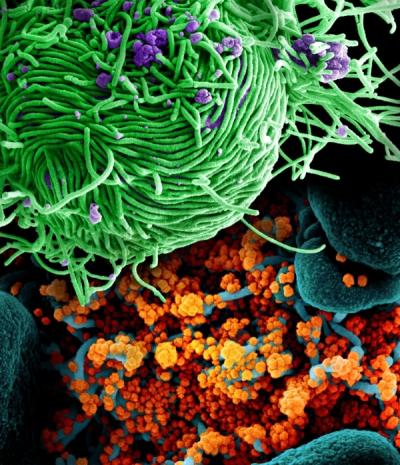The Clinical Studies Support Team (CSST) develops and fosters overseas relationships through continuous support of research studies and clinical trials involving pathogens of high consequence. When deployed, the team provides in-person training and assistance with assays, equipment, and project management.
Research
Research Areas
Grants & Contracts
Clinical Trials
News & Events
About NIAID
Website Policies and Notices


